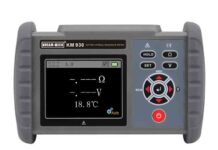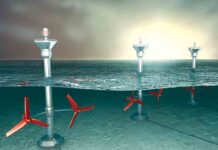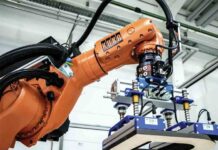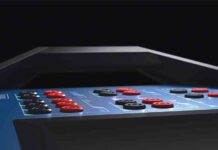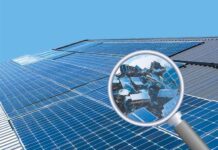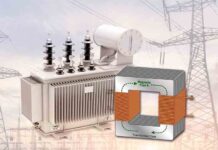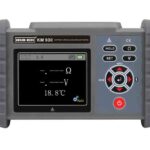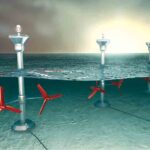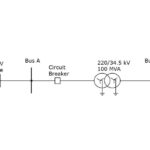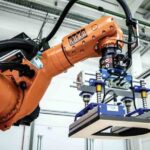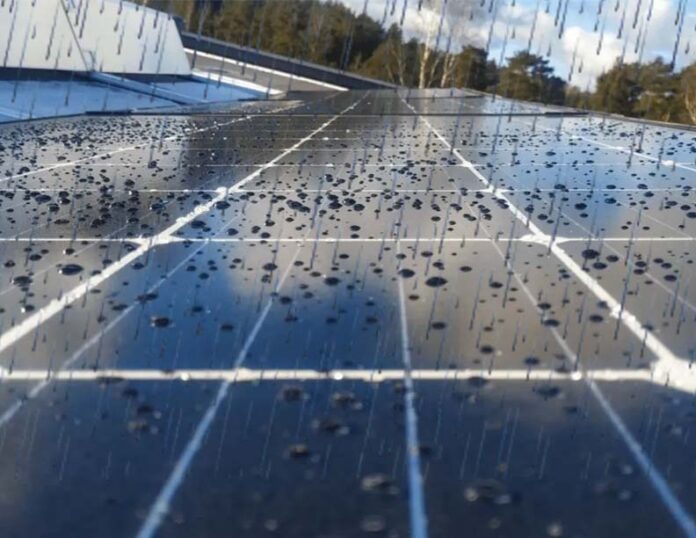
Singaporean researchers have developed an innovative energy technology using Triboelectric Nanogenerators (TENGs) to convert rainfall into electricity. Unlike conventional hydropower, this approach works on a droplet scale and demonstrates up to ten times greater efficiency per unit water volume. The system utilises nanostructured, hydrophobic panels to harvest kinetic energy from raindrops via the triboelectric effect, enabling urban integration into rooftops, windows, and public infrastructure. This article explores the science, laboratory demonstrations, potential applications, and future directions of rain-based energy harvesting.
Urban energy systems are under pressure to diversify renewable sources beyond solar and wind, especially in regions with frequent rainfall. Singapore, situated in a tropical climate, experiences high annual rainfall – and has become the hub for innovations in rain energy harvesting. This research builds on Triboelectric Nanogenerator (TENG) technology to transform rainfall into usable electricity, complementing existing renewable infrastructures.
Working Principle
Contact Electrification & Streaming Currents
Charge separation arises when water contacts a surface via electrification, akin to static electricity from a rubbed balloon. Typically, streaming currents in broader channels yield negligible power due to the charge separation being limited to nanoscale double layers. TENGs function by generating electricity through contact electrification and electrostatic induction. When materials with different electron affinities come into contact and separate, charges transfer between them. In this application, the water droplet and nanostructured panel surface form the triboelectric pair.
Overcoming the Debye Length Barrier
Continuous water flow faces limitations because the Debye length restricts extractable energy near the interface. Interrupting flow into discrete droplets – called plug flow – overcomes this barrier, allowing more effective charge harvesting.
Raindrop Interaction
- Impact: When a raindrop lands on the hydrophobic, nanostructured surface, it spreads briefly and slides off.
- Charge Separation: The motion generates charges through the triboelectric effect.
- Amplification: A conductive nanolayer enhances energy transfer efficiency, enabling even mist or drizzle to contribute.
Droplet-Scale Advantage
Unlike hydropower plants requiring significant water volumes and gravity-fed systems, droplet-based TENGs can harvest localised rainfall without dams or turbines.
Laboratory Demonstrations
- A 32 cm-tall, 2 mm-diameter polymer (plastic) tube.
- Raindrop-like water delivered via a metal needle, forming droplet chains inside the tube.
- Air pockets between droplets create plug flow.
- Electrodes at tube top and bottom harvest generated voltage.
- Assessment of output involved powering 12 LED light bulbs.
- Efficiency: Lab-scale experiments demonstrated conversion efficiencies above 10% of falling water energy into electricity.
- LED Powering: Prototype arrays successfully powered multiple LEDs with rainfall simulated via plug flow tubes.
- Scalability: Using two tubes doubled the output, indicating linear scalability.
- Real-World Potential: Lab tests used slower droplet speeds than natural rainfall, suggesting even greater performance outdoors.
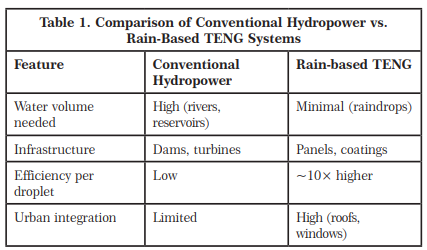
Potential Applications
Urban Surfaces
- Rooftops and windows coated with TENG panels.
- Umbrellas and rain gear as portable power sources.
Smart Cities
Integration with microgrids and IoT systems, supplying rain-powered electricity for:
- Street lighting
- Traffic sensors
- Building lighting backup
Climate Adaptation
As rainfall patterns intensify under climate change, such systems provide resilient, distributed power sources in storm-prone cities.
Discussion
Comparison to Hydropower
Unlike traditional hydroelectric systems, this technique avoids complex infrastructure and large-scale water resources, instead relying on ubiquitous rainfall and compact components.
Scalability & Urban Integration
The simple design offers adaptability for integration into rooftops or urban architectures in rainy environments, potentially complementing existing energy portfolios.
Challenges & Future Work
- Testing under real, variable rainfall conditions.
- Long-term durability of materials and electrodes.
- Integration with storage or grid interfaces.
- Economic viability and maintenance strategies.
Theoretical and Environmental Links
The findings may elucidate natural atmospheric phenomena like the Lenard effect – charge separation in waterfalls – and contribute to triboelectric nanogeneration research.
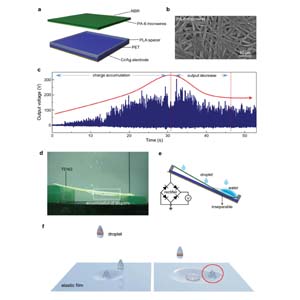
Image Courtesy: Reference Gridding Triboelectric
Nanogenerator for Raindrop Energy Harvesting | ACS Applied Materials & Interfaces
Challenges and Future Directions
Current Limitations
- Low Energy Density: Requires scaling with panel arrays.
- Material Optimisation: Surfaces must remain durable, hydrophobic, and cost-effective.
- Energy storage: Integration with supercapacitors or batteries is crucial for intermittent rainfall.
Research Pathways
- Optimised micro/nanostructures (e.g., gridded TENGs achieving up to 110 mW/m²).
- Hybrid integration with solar panels to capture both sun and rain.
- Urban pilot projects for large-scale performance validation.

Image Courtesy: https://ars.els-cdn.com/content/image/1-s2.0-S2211285522003949-ga1_lrg.jpg
Conclusion
The study presents a compelling, low-cost strategy for converting rainfall into electrical energy using plug flow in narrow tubes – achieving significant power densities and efficiencies. The simplicity and modularity of the design make it a promising candidate for decentralised, urban-friendly renewable energy applications. Further investigation into environmental resilience and system integration will be critical for real-world deployment.
Rain-based Triboelectric Nanogenerator (TENG) technology marks a promising breakthrough in renewable energy harvesting, particularly for dense urban regions and high-rainfall areas. The Andaman and Nicobar Islands, for instance – located over a thousand kilometres from the Indian mainland – receive abundant rainfall and are 97% forest-covered. Yet, electricity there is primarily generated from diesel at a cost of about `25 per unit, later subsidised to `4 per unit. Solar installations, while deployed, face frequent interruptions due to persistent cloud cover and heavy rains, limiting their reliability. In this context, rain-energy harvesting offers a valuable complement to solar and wind power.
Although still in its early experimental phase, droplet-scale energy generation holds immense potential. If successfully scaled, rain-energy panels could enhance energy security, reduce dependence on fossil fuels, and make cities and remote regions more self-sufficient, climate-resilient, and sustainable.

Dr. Bibhu Prasad Rath possesses M.Tech from IIT Delhi and PhD (Business Administration) from AMU. He has over 35 years of experience in NTPC Limited, with focus on Energy, Environment, Economics, and Sustainability. His expertise spanned operations, design, procurement, policy, feasibility, and carbon credits. He had also served at the Ministry of Power on fuel supply coordination and is presently spearheading NTPC’s 20,000 MW coal capacity addition. He contributes as an author, researcher, mentor, and Heartfulness trainer with deep interest in neuroscience and neuroeconomics.

Rajan Varshney, M.Tech (IIT Delhi) and MBA, has over 35 years of experience in the energy sector at NTPC. He is a certified Hydrogen Trainer (Skill Council for Green Jobs) and Harvard Management Mentor. He is also a Member of ASME’s Task Force on Emerging Energy Technologies. He pioneered H2/HCNG fuel policy notifications (2020) and FCEV safety standards in India. With international publications, including on Hydrogen from Biomass, he is a recognised keynote speaker passionate about sustainability and clean energy.


